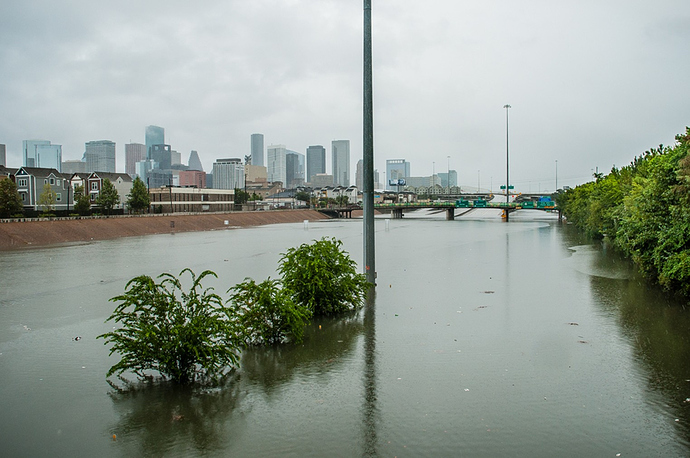Thanks to cookbook writers like Marcella Hazan and Lynne Rossetto Kasper, and to brief visits to this region of Italy (including one five or six years ago), I associate Emilia Romagna with fantastic food, extensive agriculture, and natural and human-wrought beauty beyond compare. But according to Wikipedia’s article on the region (cf. Tuscany), population growth (including an influx of people not native to the region), urbanization and esp. suburbanization, continued deforestation, and esp. the loss of agricultural land to suburbanization and the resulting soil compression have in themselves made flooding a problem. Add the effects of climate change and, well…
From the Wikipedia article:
Land use changes can have strong effects on ecological functions. Human interactions such as agriculture, forestation and deforestation affect soil function, e.g. food and other biomass production, storing, filtering and transformation, habitat and gene pool.[18]
In the Emilia-Romagna plain, which represents half of the region and where three quarters of the population of the region live, the agricultural land area has been reduced by 157 km2 while urban and industrial areas have increased to over 130 km2 between 2003 and 2008. The impact of land use and particularly of the urbanisation of the Emilia-Romagna plain during this period has had some strong consequences in the economical and ecological assessment of the region. The loss of arable land is equivalent to a permanent loss of the capacity to feed 440,000 persons per year from resources grown within the region. The increased water runoff due to soil sealing requires adaptation measures for river and irrigation canals such as the building of retention basins, at a total cost estimated in the order of billions of euros.[19]
In 2000 there were 103,700 farm holdings and in 2010 there were 73,470, or a -29.2% loss in holdings for the region. The total utilised agricultural area (UAA) was 1,114,590 hectares (2,754,200 acres) in 2000 and 1,064,210 hectares (2,629,700 acres) in 2014 for a loss of 4.5%, indicating a downturn of smaller farm ownership. During this same timeframe there was a 14.5% decrease in the farm labor workforce.[20]



